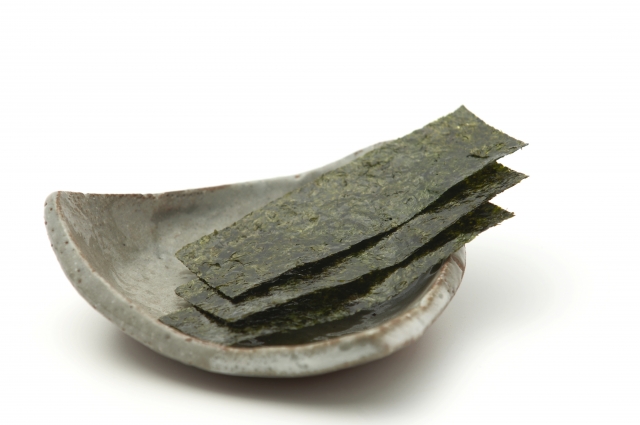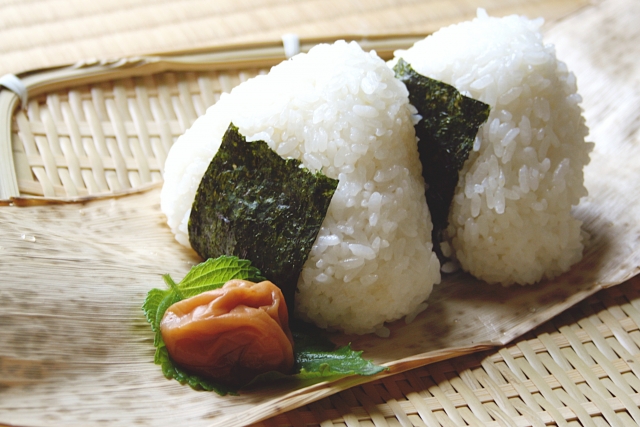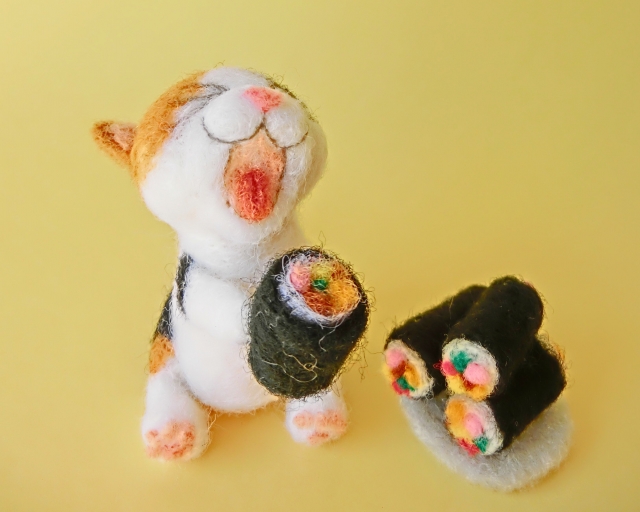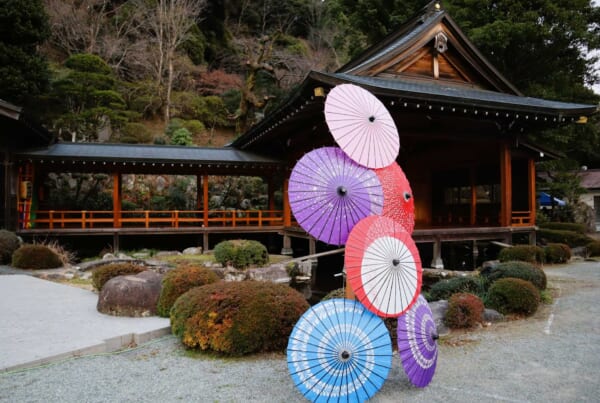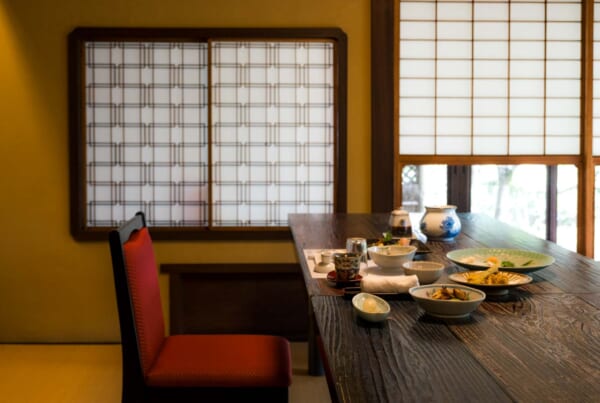Commonly referred to in Japanese as nori, seaweed is a great example of a world famous traditional Japanese food. In western countries, seaweed was seen as something quite strange to eat yet the Japanese reputation for having a healthy diet and extra-longevity has even convinced westerners to give seaweed a chance for its health appeal.
While Japan’s umeboshi is a health-packed wonder, nori, is a veritable superfood with no fewer than 10 vitamins, 7 minerals and a great source of protein. It is in fact light and simple enough to be used as a tasty snack in the form of small convenient packets, which are quite similar to western potato chips. Perhaps nori’s most famous use is in rice-balls (onigiri).
As Japan’s answer to the western sandwich, onigiri (rice-balls) are a clever package of rice with a tasty treat tucked up inside kept together by a wrapping of nori. Found in every convenience store throughout Japan, for many, the simple onigiri is an important element of their diet during the work week. Apart from its health appeal it also brings some nostalgia through its connection with Japan’s traditional past when onigiri was eating even more regularly than it is today.
The first time I ate nori was in Japan during the end of the 90s, when eating seaweed was still considered a pretty weird thing to do. Back then, my image of seaweed was the wet bubble filled type that I would often come across when I went swimming in the English sea. It was wet and slimy, and there was no way in a million years I would ever have dreamed of actually eating it! Nonetheless, when I saw nori wrapped around a rice ball, or rather rice triangle as the convenience store variety tends to be, I figured, after eating uncooked fish and all kinds of other weird stuff, seaweed covered rice should be next on my “crazy adventures list”.
If you have already been lucky enough to try onigiri, you will know how to unwrap them, but the first time is always the hardest and strangest! With the rice and the seaweed wrapped separately in order to prevent the seaweed being soggy, onigiri are really cleverly wrapped. So much so that many foreigners might not have experienced such an ingenious way to wrap food, as there are few foods in the West that require such extravagant wrapping, and often find it to be quite an intriguing puzzle. If you liked puzzles, you will most certainly love onigirii!


